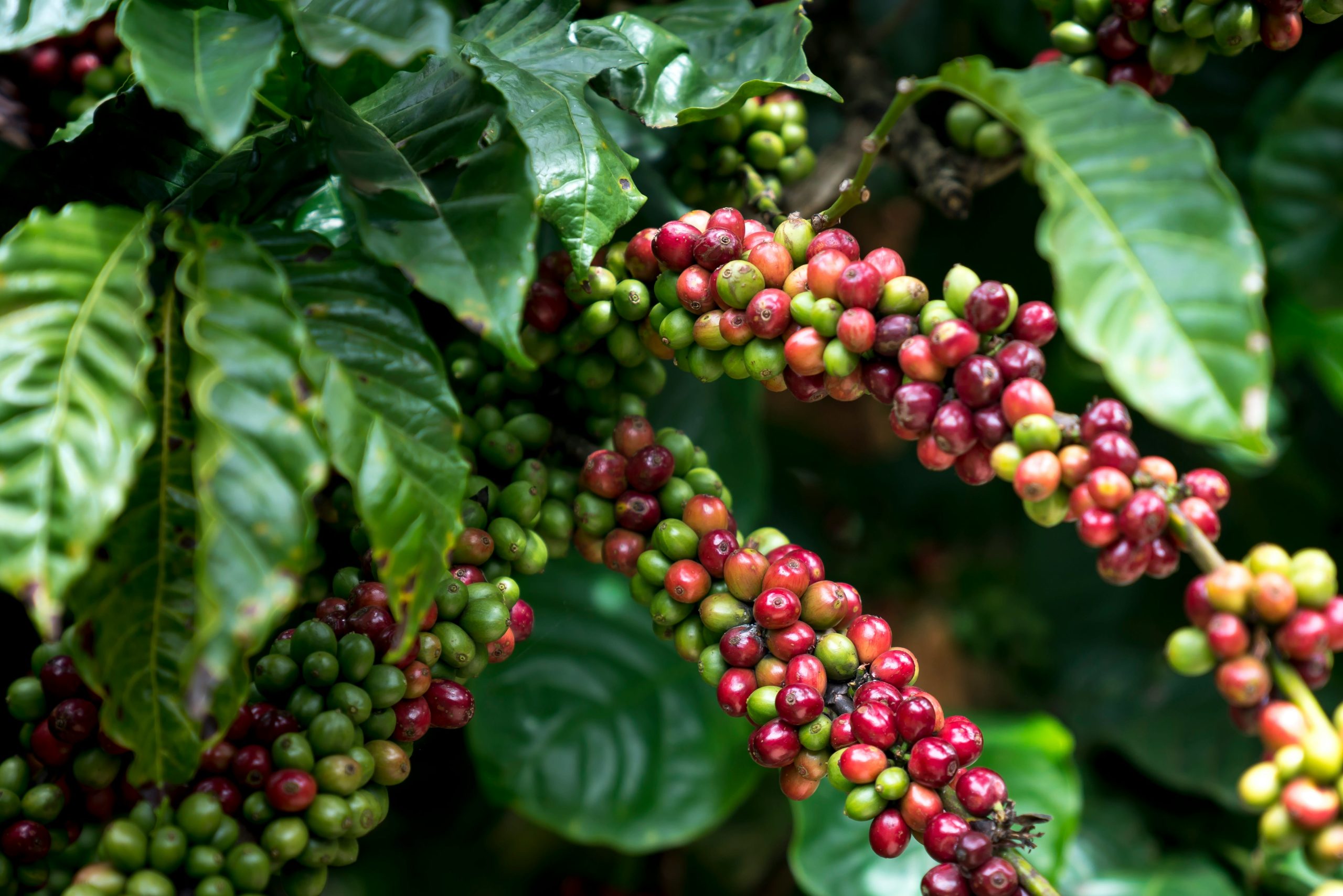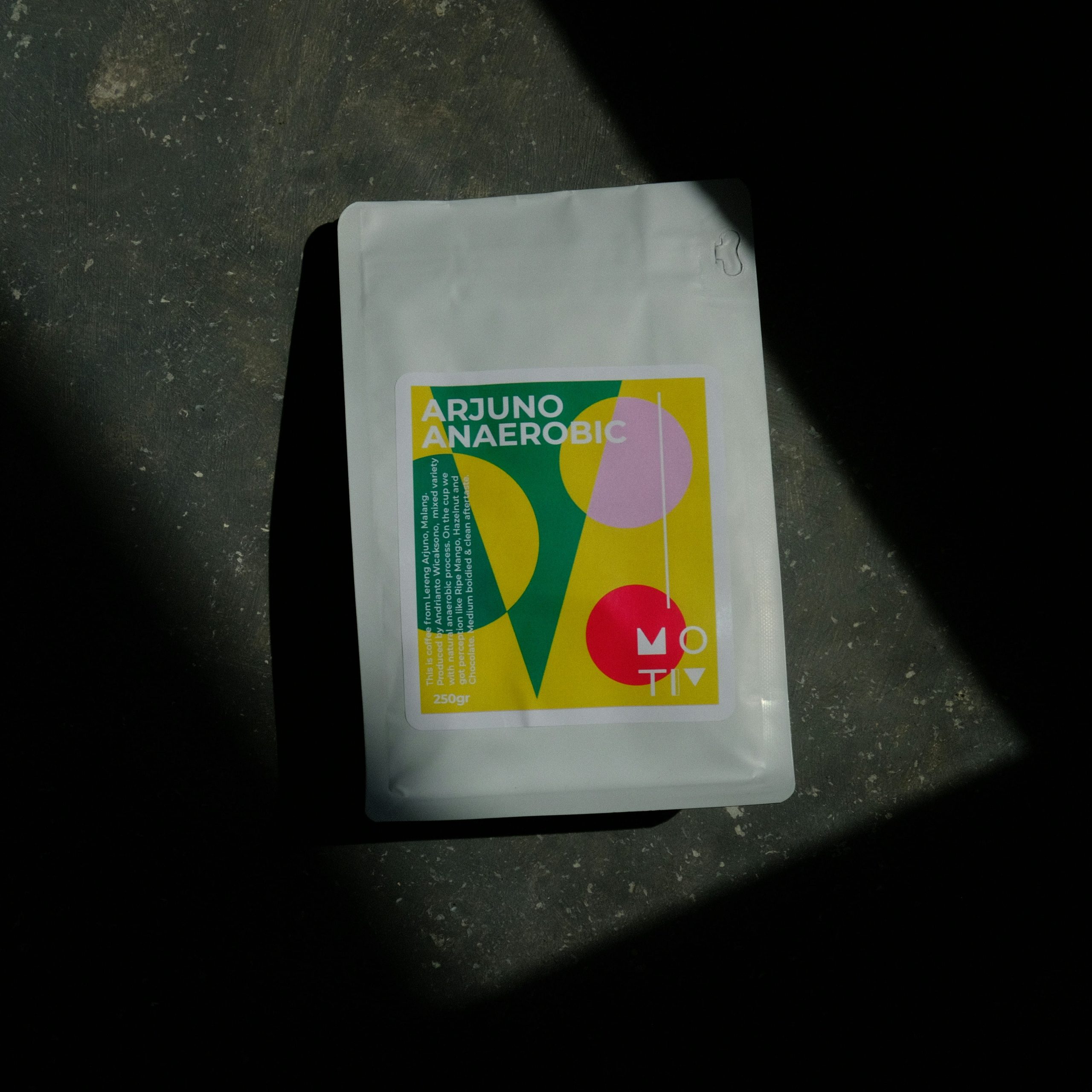Colombian vs Brazilian Coffee Culture: A Deep Dive Into South America’s Coffee Capitals
Having spent countless mornings in both Bogotá’s bustling cafés and São Paulo’s specialty roasteries, I can tell you that the coffee culture debate between Colombia and Brazil goes far beyond simple taste preferences. It’s about history, tradition, and two completely different approaches to what coffee means in daily life.
Most people think they know the difference—Colombia produces that smooth, well-balanced cup while Brazil churns out the bulk coffee for your morning blend. But honestly? That’s just scratching the surface. After years of traveling through coffee regions in both countries, I’ve discovered that their coffee cultures are as complex and nuanced as the beans themselves.
Quick Coffee Facts
Colombia: Home to over 540,000 coffee-growing families, producing about 14 million bags annually. Brazil: The world’s largest coffee producer for over 150 years, contributing roughly 40% of global coffee supply with 63 million bags per year.
The Production Philosophy: Quality vs. Quantity
Here’s where things get fascinating. Colombia has built its entire coffee identity around the concept of “100% Colombian coffee”—and trust me, they take this seriously. During my visit to a family finca in Huila, Don Carlos explained something that stuck with me: “We don’t just grow coffee here, we cultivate stories.”
Brazilian coffee culture, meanwhile, operates on a completely different wavelength. It’s about efficiency, innovation, and feeding the world’s coffee habit. The fazendas I visited in Minas Gerais were impressive in their scale—mechanized harvesting, scientific processing methods, and quality control that would make any engineer proud.
The numbers tell an interesting story1. Colombian coffee farms average about 2.5 hectares, while Brazilian operations can span thousands of hectares. This fundamental difference shapes everything—from harvesting methods to the final cup’s character.
What really strikes me is how both countries have embraced their respective strengths. Colombia’s smallholder model creates incredible diversity—I’ve tasted coffee from neighboring farms that were completely different profiles. Brazil’s scale allows for consistency and innovation that smaller producers simply can’t match.
Cultural Significance & Daily Coffee Rituals
If you want to understand a culture, watch how they drink their coffee. In Colombia, coffee breaks aren’t just breaks—they’re social institutions. The afternoon “tintico” (small black coffee) is when business gets done, relationships are built, and life gets discussed.
I remember sitting in a Medellín office where everything stopped at 3 PM. Not for efficiency—for connection. The receptionist made fresh coffee, and suddenly the entire floor was chatting, laughing, and genuinely connecting. That’s Colombian coffee culture in action2.
Colombian Coffee Rituals
- Morning coffee with family before starting the day
- Afternoon tintico as a social connector
- Evening coffee during family conversations
- Weekend coffee paired with fresh bread and cheese
Brazilian coffee culture operates differently. It’s more integrated into daily life—less ceremonial, more practical. The cafezinho (little coffee) is everywhere: offices, gas stations, banks, even hospitals. It’s social lubrication rather than a destination event.
What fascinated me in Rio was how coffee vendors would walk through office buildings with thermal carafes. People would pause their work, chat briefly, and continue. It’s coffee as fuel for urban life rather than coffee as a reason to pause urban life.
| Aspect | Colombia | Brazil |
|---|---|---|
| Typical Serving | Small cup (tinto) | Small cup (cafezinho) |
| Sugar Addition | Optional, added by drinker | Pre-sweetened often |
| Social Context | Conversation-centered | Activity-integrated |
| Timing | Specific break times | Throughout the day |
Regional Coffee Variations: A Tale of Terroir
Here’s where my coffee geek side really comes out. The regional variations in both countries are absolutely mind-blowing, but they express themselves so differently.
Colombian coffee regions read like a wine map. Huila produces bright, fruity notes. Nariño offers complex acidity. Tolima delivers chocolatey undertones. Each region has its own microclimate, processing methods, and flavor profiles3.
Brazilian regions, on the other hand, are about scale and consistency within diversity. Minas Gerais produces different flavor profiles from cerrado to mountain regions. São Paulo focuses on pulped naturals that create unique cup characteristics. Each region has developed expertise in specific processing methods that enhance their local beans’ natural tendencies.
The processing methods reveal cultural priorities too. Colombian wet processing emphasizes clarity and brightness—qualities that showcase the bean’s origin. Brazilian pulped natural and natural processing creates fuller body and sweetness—characteristics that work beautifully in espresso blends.

Coffee Tourism: Two Completely Different Adventures
If you’re planning a coffee tourism trip—and honestly, you should—these countries offer completely different experiences. Colombia’s Coffee Cultural Landscape is UNESCO World Heritage for good reason. It’s about intimate, personal encounters with coffee families who’ve been growing beans for generations.
My favorite Colombian coffee tour? A three-day stay with a family in Salento. We picked coffee by hand, learned traditional processing methods, and spent evenings listening to stories about how coffee sustained their family through decades of change. It’s tourism that feels authentic because it is authentic.
Best Coffee Tourism Experiences
Colombia: Family finca stays, guided coffee walks, traditional processing workshops, coffee tasting sessions with producers
Brazil: Large-scale farm tours, mechanized harvesting demonstrations, coffee processing facility visits, specialty roastery experiences
Brazilian coffee tourism showcases agricultural innovation and scale. The fazenda tours I experienced in Minas Gerais were educational in completely different ways. You see mechanized harvesting, scientific processing methods, and quality control systems that serve global markets.
Both approaches have their merits. Colombian tourism connects you emotionally to coffee’s human story. Brazilian tourism helps you understand coffee as an industry and agricultural achievement. I genuinely recommend experiencing both4.
Seasonal Considerations for Coffee Tourism
- Colombia: Year-round harvesting due to two rainy seasons, but October-December and April-June are optimal
- Brazil: Main harvest May-September, with peak tourist season during dry months
- Weather considerations: Colombian mountains can be unpredictable, Brazilian cerrado is more consistent
- Festival seasons: Both countries have harvest festivals worth timing your visit around
Economic & Social Impact: Coffee as National Identity
This is where things get really interesting from a cultural perspective. Coffee isn’t just agriculture in these countries—it’s national identity, economic foundation, and social fabric all rolled into one.
Colombia’s relationship with coffee is deeply personal. Over 540,000 families depend directly on coffee production, and these are multi-generational operations. The National Federation of Coffee Growers (FNC) has created a support system that goes beyond just buying beans—it’s education, healthcare, and community development5.
Brazil’s coffee economy operates on a different scale entirely. The country produces nearly 40% of the world’s coffee, employing over 3.5 million people directly in coffee production. But here’s what’s fascinating—Brazilian coffee culture has evolved to embrace both commodity and specialty markets simultaneously.
The social impact manifests differently too. Colombian coffee communities tend to be tight-knit, with strong social cohesion built around shared coffee cultivation practices. Brazilian coffee regions show more diversity in social structures, from small family farms to large estate operations with hundreds of workers.
Both countries have invested heavily in coffee quality improvements, but their approaches reflect their cultural priorities. Colombia focuses on preserving traditional methods while gradually incorporating beneficial innovations. Brazil embraces technological advancement while maintaining respect for coffee’s cultural significance.
Future of Coffee Culture: Innovation vs. Tradition
Looking ahead, both countries are navigating fascinating challenges. Climate change, market demands, and generational shifts are reshaping their coffee cultures in ways that reflect their core values.
Colombian coffee culture is doubling down on origin stories and sustainable practices. The third-generation farmers I met are incredibly sophisticated about quality, environmental stewardship, and direct trade relationships. They’re innovating within tradition rather than abandoning it.
Brazilian coffee culture is embracing technological solutions while expanding into specialty markets. I’ve seen Brazilian roasters winning international competitions and Brazilian farmers experimenting with processing methods that would have been unthinkable decades ago6.
Emerging Trends
- Sustainable farming practices gaining priority in both countries
- Direct trade relationships becoming more common
- Specialty coffee markets expanding rapidly
- Technology integration in farming and processing
- Youth engagement in coffee culture preservation
What excites me most is how both cultures are maintaining their essential character while adapting to global changes. Colombian coffee remains relationship-focused and story-driven. Brazilian coffee continues to innovate and scale efficiently.
The younger generation in both countries brings fresh perspectives without losing respect for coffee heritage. I’ve met 25-year-old Colombian farmers who speak fluently about cupping scores and 30-year-old Brazilian agronomists who can discuss soil microbiomes with the same passion their grandparents showed for traditional methods.
Final Thoughts: Two Paths, One Passion
After all my travels and tastings, I’ve come to appreciate that comparing Colombian and Brazilian coffee cultures isn’t about declaring a winner. It’s about recognizing two different but equally valid approaches to coffee excellence.
Colombia offers intimacy, tradition, and personal connection. Every cup tells a story about the family who grew it, the mountain where it was cultivated, and the community that processed it. Brazilian coffee culture provides innovation, efficiency, and global accessibility. It’s about feeding the world’s coffee habit while continuously improving quality and sustainability.
My advice? Experience both. Drink Colombian coffee when you want to connect with tradition and terroir. Choose Brazilian coffee when you want consistency and innovation. Better yet, visit both countries and taste the difference for yourself. I promise you’ll come back with a deeper appreciation for coffee’s cultural complexity and the dedicated people who make our daily cup possible.
References



